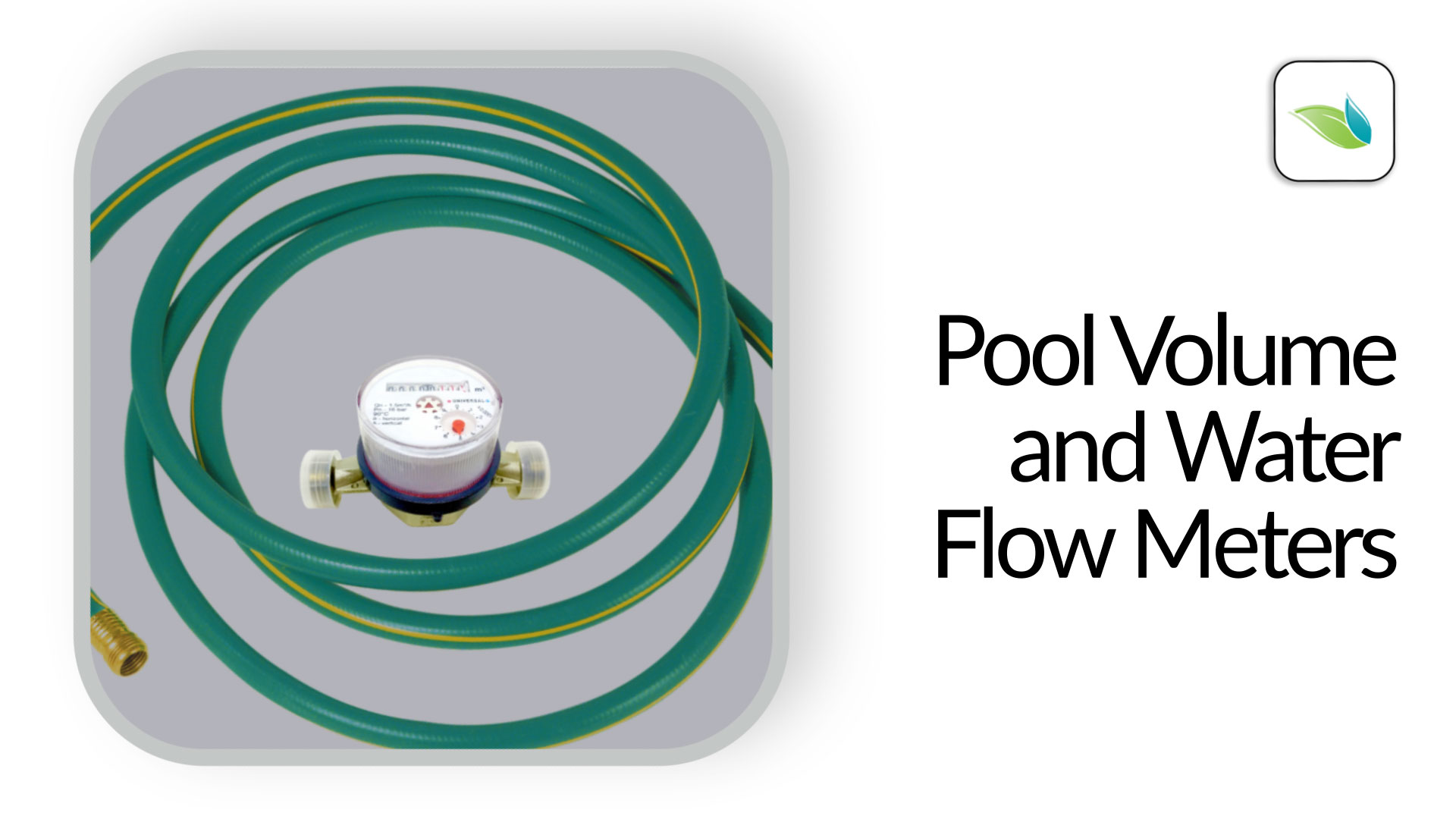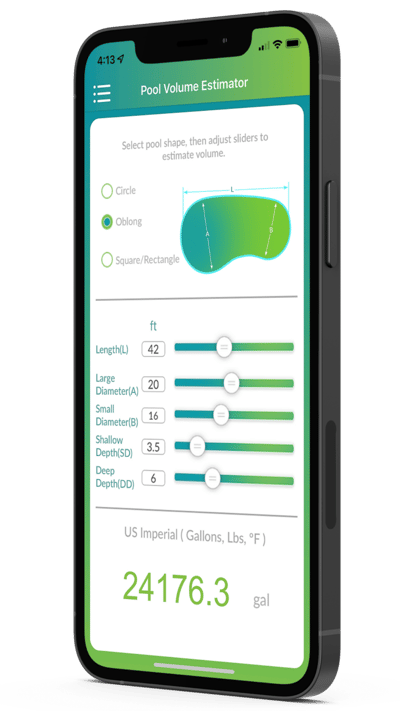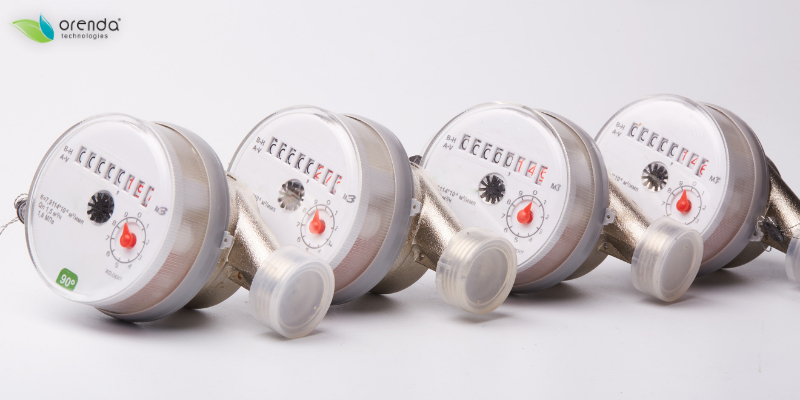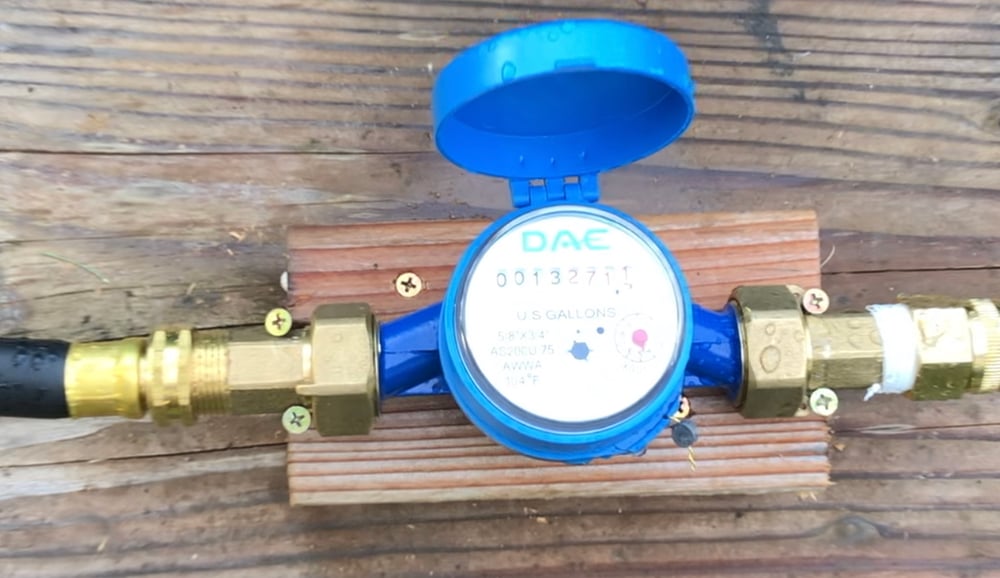Pool Volume and Water Flow Meters

There's no match for knowing exactly how much water a pool contains, including the plumbing system. So in this article, we're going to make the case for using a water flow meter when filling (or refilling) a swimming pool.
Contained in this article:
The importance of knowing pool volume
Without knowing the volume of the pool, how can anyone dose chemicals accurately?
Not knowing pool volume is one of the top six bad habits we see in the pool industry. It's easy to incorrectly estimate a pool by over a thousand gallons. In fact, we often see pools off by 1000-3000 gallons (3785-11,356 L). On an average backyard pool that could be between 10-20% wrong.
Think about the severity of overdosing acid by 20% every visit. It adds up.
How to measure pool volume
If the pool builder's design does not specify the exact pool volume, the dimensions of the pool can be measured. We have another article specifically about measuring these dimensions to calculate pool volume. In short, if you know the dimensions and average depth, simply multiply the cubic feet of water by 7.48, and you will get an approximate number of gallons. And for those of you who use the metric system, one cubic meter contains 1000 liters of water.
It's pretty easy to do if you have a rectangle pool, but what if you're working with a kidney-shaped pool, oblong or oval? The objective is still to figure out the cubic area and convert that area into gallons or liters. Fortunately for you, we've got an app for that.
The Orenda App's Pool Volume Estimator
Once you measure the dimensions, you can just plug those values into the Orenda App's volume estimator, and get an estimate quickly.

It's not perfect, because dimensions do not always account for every section of the pool–like stairs, sun shelves, and grottos. That's why we call it a pool volume estimator. It has its limitations, of course. Your free-form pool is probably not exactly kidney-shaped like the illustration in the app. Maybe you have a sun shelf. Maybe you have a long bench or stair set. It is too complex for a simple estimator like this to know all the nuances of your pool. But it should get you close.
Select the shape that best represents your pool. Then adjust your dimensions by sliding the dials (or tap the number to type in a specific dimension with a decimal).
But as we said, this is just an estimate.
Alkalinity Titration
Another way to learn the pool volume is to test the water and figure it out through an alkalinity titration. We learned this from onBalance's website. Basically, the reference charts on how much acid it takes to reduce alkalinity can be used in reverse. As Que from onBalance says in his article, if A x B = C, then C ÷ A = B. You can follow the step-by-step guide in their article if you want to do this.
Fill the pool with a water meter

The most accurate, reliable way to measure pool volume is to fill it using a water flow meter. If you do new/renovation pool startups, that's the time to use water meters on every hose that fills the pool.1
Water meters are affordable, easy to find in a hardware store, and they remove guessing from the equation. You will know exactly how much water went into that pool. Odd shapes, steps, sun shelves, and other difficult-to-measure areas become irrelevant, and so does the plumbing. The water meters will tell you how much water is in the entire system.

In fact, you may not even need a water flow meter because the house should already have one. You can take a photo of the house's water meter before turning on the hoses, and take a picture of the meter after the pool is full. Apart from the few gallons for showers, kitchen sink, and toilet flushes, that home's built-in water meter should be very accurate.
Final step
Then write the volume down on a sticker in the equipment set. Somewhere it will not get rained on. From then on out, use that exact pool volume when dosing your chemicals. It's that simple.
Related: Protect New Plaster with LSI Balance from the Start
1 If your pool is filled with water trucks, you can use meters on the hose that fills the initial water cushion, then add the total volume of each truck.
